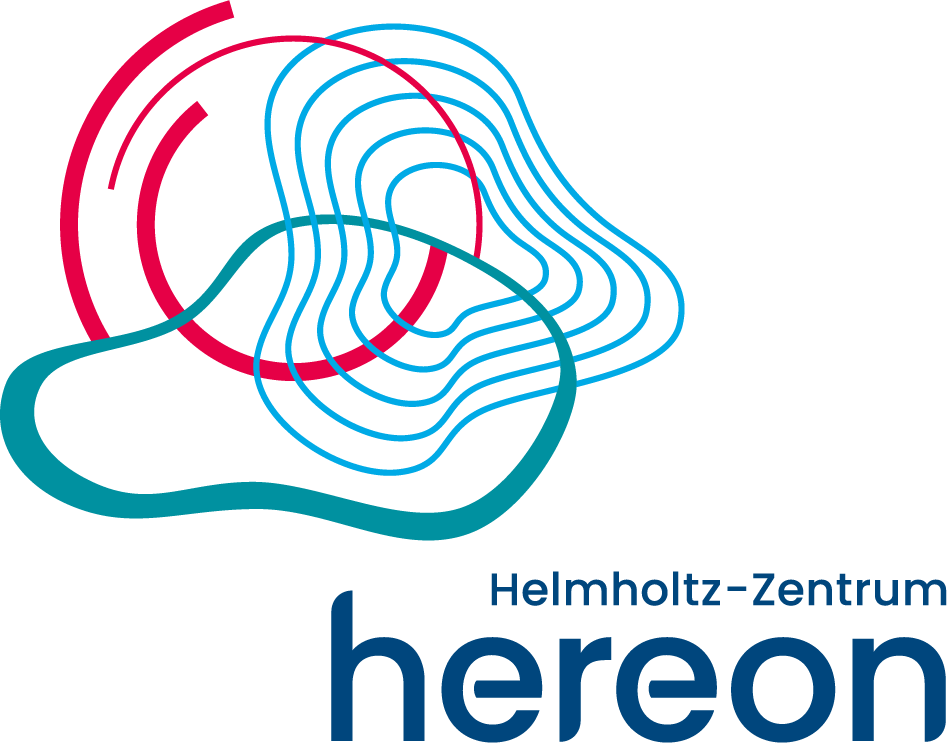MLZ is a cooperation between:
 > Technische Universität München
> Technische Universität München > Helmholtz-Zentrum Hereon
> Helmholtz-Zentrum Hereon
 > Forschungszentrum Jülich
> Forschungszentrum Jülich
MLZ is a member of:
 > LENS
> LENS > ERF-AISBL
> ERF-AISBL
MLZ on social media:

MLZ (eng)
Lichtenbergstr.1
85748 Garching
14.08.2025
Shedding Light on Dark Matter
Polarised nuclei of the noble gas xenon interact with neutrons in a specific manner. The measurement of this interaction is promising for research into fundamental physical questions, such as the nature of dark matter.

Image of the J-NSE 'Phoenix' spectrometer where the interaction between neutrons and xenon was tested. In the center is an artistic rendition of what a xenon atom might look like. © background photo by Olaf Holderer, foreground created with AI, Chat GPT
Elementary particles such as electrons, protons and neutrons have an intrinsic angular momentum, the so-called spin. Depending on the number of protons and neutrons, a nucleus can possess a non-zero spin. This is the case for the isotopes of the noble gas xenon, ¹²⁹Xe and ¹³¹Xe, the isotope ³He and the neutron.Thanks to this feature, these nuclei behave as small magnets and interact with each other and with external electromagnetic fields. In an ensemble of such nuclei, their magnetic dipoles usually cancel each other statistically. However, this can be changed by external stimuli – one speaks about nuclear polarisation in such a case.
Passing neutrons through the noble gas
An international team of researchers coordinated by Dr. Earl Babcock addressed the interaction of polarised neutron beam with polarised ¹²⁹Xe and ¹³¹Xe isotopes. Depending on the mutual spin orientation, the propagation of neutrons through xenon causes a splitting of the neutron beam into two distinct polarisation states. This results in the so-called birefringence. Using the J-NSE ‘Phoenix’ instrument at MLZ and referring to ³He for calibration, researchers exploited the neutron spin-echo technique to extract specific interaction parameters with high precision for the first time, so that the results can be used further to clarify various fundamental questions.

PhD Student at the spectrometer J-NSE ‘Phoenix’ of the Forschungszentrum Jülich at the MLZ. © Tobias Hase
A way to probe unanswered questions in particle physics
For example, polarised xenon isotopes can help in measurements of the electric dipole moments of nuclides and in experiments on quantum entanglements. Polarised ¹³¹Xe nuclei could be used in a search for new sources of time reversal violation in neutron-nucleus interactions and help validate the theories beyond the standard model. As a consequence, they might help to shed light on dark matter and its hypothesised elementary particle, the axion.
Publication:
H. Lu, M. J. Barlow, D. Basler, P. Gutfreund, O. Holderer, A. Ioffe, S. Pasini, P. Pistel, Z. Salhi, K. Zhernenkov, B. M. Goodson, W.M. Snow, E. Babcock, First measure¬ment of neutron birefringence in polarised 129Xe and 131Xe nuclei, Phys. Rev. C 109, L011001 (2024)
DOI: 10.1103/PhysRevC.109.L011001
For further current research results see the current Annual Report
MLZ is a cooperation between:
 > Technische Universität München
> Technische Universität München > Helmholtz-Zentrum Hereon
> Helmholtz-Zentrum Hereon
 > Forschungszentrum Jülich
> Forschungszentrum Jülich
MLZ is a member of:
 > LENS
> LENS > ERF-AISBL
> ERF-AISBL
MLZ on social media:


